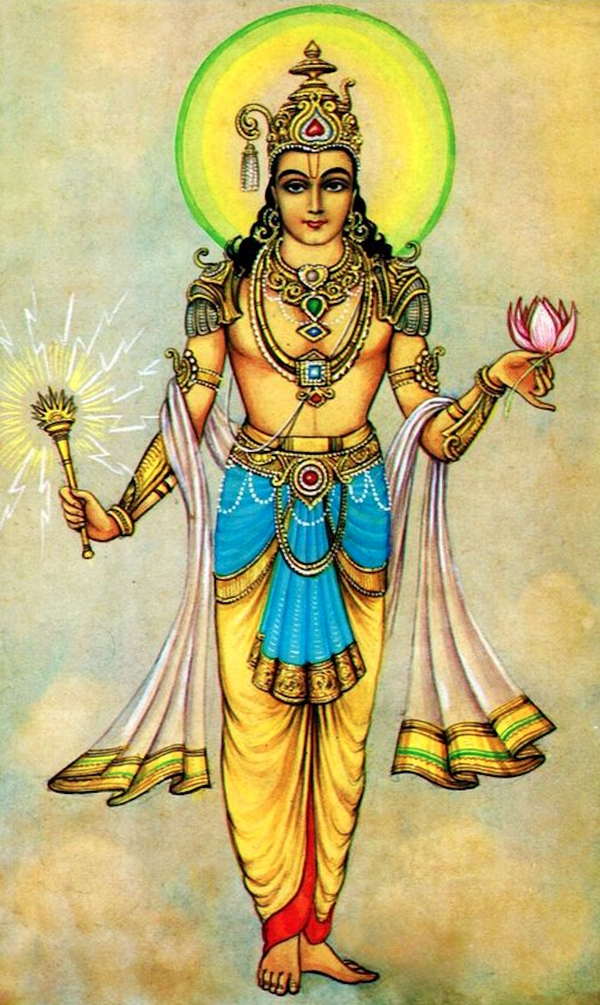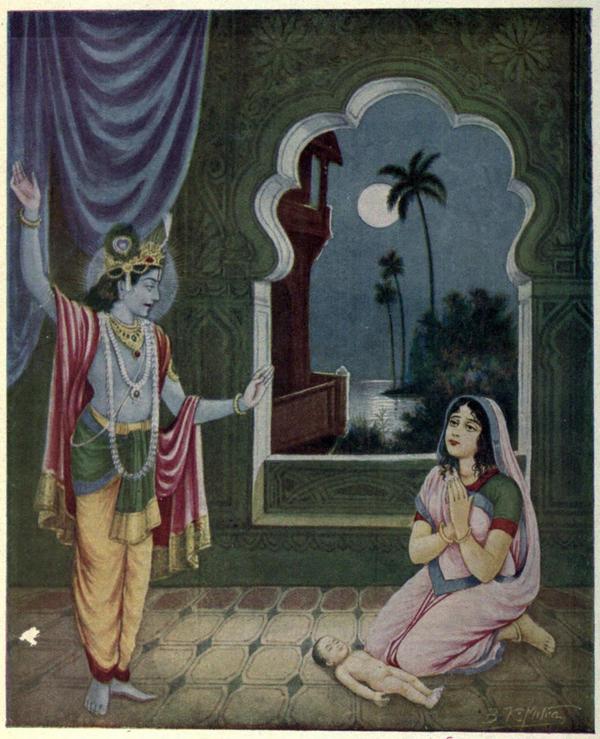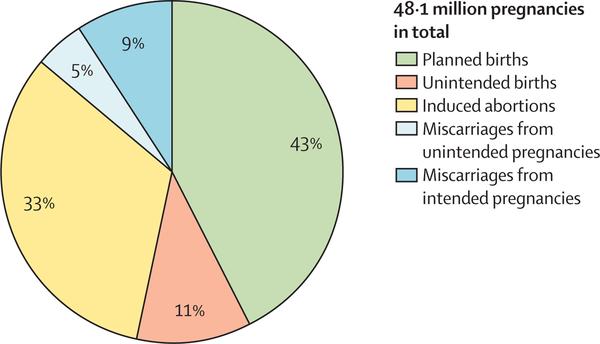Abortion and Hinduism
April 10, 2023 - Religion
When people discuss the issue of abortion and stem-cell research, the issue is often seen as one that pertains to Christianity. As a Hindu, I was curious what the classical Hindu literature has to say on the subject. One of the things that stood out in my exploration was how explicitly they are against the practice of abortion, but moreover how little time is spent justifying that claim. The belief that abortion is wrong comes across as a given, like stealing is wrong, or murdering is wrong.
- The Upanishads
- The Mahabharata
- When does life begin?
- Incidence of abortion in Hindu nations
- Parting thoughts
- Bibliography
The Upanishads
First, let’s start by looking at the Upanishads, which expound many of the core principles of the philosophy underlying Hinduism.
Brihadaranyaka Upanishad
In the chapter 4, section 3 of the Brihadaranyaka Upanishad, the oldest of the Upanishads, Janaka, the king of Videha, is in discussion with the sage, Yajnavalkya, about the atman, the self or the soul. When describing the state of shedding all desires and only knowing the atman, Yajnavalkya says:
Here a father is not a father, a mother is not a mother, worlds are not worlds, gods are not gods, and Vedas are not Vedas. Here a thief is not a thief, an abortionist is not an abortionist, an outcaste is not an outcaste, a pariah is not a pariah, a recluse is not a recluse, and an ascetic is not an ascetic. Neither the good nor the bad follow him, for he has now passed beyond all sorrows of the heart.
Yajnavalkya describes that in this state, you are free from both the good and
bad of life. He begins by listing good things, such as fathers, mothers, gods,
etc. But then, he lists things that are bad, one of which is an
abortionist
. Clearly, Yajnavalkya has a low opinion of the abortionist.
Kaushitaki Upanishad
Next, we turn our attention to the third chapter of the Kaushitaki Upanishad. Here, Indra asks Pratardana, a king, to request a boon. When Pratardana refuses a gift, Indra instead asks Pratardana to simply perceive Indra:
When a man perceives me, nothing that he does—whether it is stealing, or performing an abortion, or killing his own father or mother—will ever make him lose a single hair on his body. And when he has committed a sin, his face does not lose its colour.
Here Indra, similar to Yajnavalkya, lists abortion among things that are obviously bad, such as theft and patricide. He shows the extent of his power, by showing he is able to wipe away sins of any degree, and Indra certainly believes that abortion is among those sins.

The Mahabharata
One of the most important stories in the Mahabharata has to do with Ashwatthama attempting to kill Parikshit, a fetus in the womb of Uttara. Ashwatthama, along with Kripa and Kritavarma, attacks the Pandava camp and kills most of the warriors on the Pandava side in their sleep. With all the sons of the Pandavas murdered, the only viable heir to the Kuru lineage remaining was the Parikshit, still just a fetus in the womb of Abhimanyu’s widow, Uttara. To ensure that the Pandavas have no heirs remaining, Ashwatthama directs a bhramastra at her womb, declaring:
this weapon of mine shall fall on the foetus that is in the womb of Virata’s daughter, upon that foetus which thou, O Krishna, art desirous of protecting.
In response to Ashwatthama’s declaration, Krishna declares that he will not succeed:
The fall of this mighty weapon will not be fruitless. The foetus will die. But being dead, it will live again and have a long life! As regards thyself, all wise know thee for a coward and a sinful wretch! Always engaged in sinful acts, thou art the slayer of children. For this reason, thou must have to bear the fruit of these thy sins.
Ashwatthama is condemned in the harshest terms for his act. He is not condemned by an ordinary man. He is not even condemned by a sage, or king. He is condemned by Krishna, who revealed to Arjuna on the fields of Kurukshetra that he is the incarnation of Vishnu, the lord of the universe himself. As punishment for his act, Krishna afflicts him with the most ghastly curse:
For 3,000 years thou shalt wander over this earth, without a companion and without being able to talk with anyone. Alone and without anybody by thy side, thou shalt wander through diverse countries, O wretch, thou shalt have no place in the midst of men. The stench of pus and blood shall emanate from thee, and inaccessible forests and dreary moors shall by thy abode! Thou shalt wander over the Earth, O thou sinful soul, with the weight of all diseases on thee.
Much like Indra, it is safe to say that Krishna, through his punishment of Ashwatthama, condemns in no uncertain terms the act of abortion.

When does life begin?
The question of when life begins is a complicated one as well. Many who consider themselves pro-life say that the only consistent position is that life begins at conception. There is actually some Upanshadic literature that comments on this topic. In one of the minor Upanishads, the Garbha Upanishad, literally the Upanishad of the womb, we see a description of the development of the fetus. The Upanishad tells us that the fetus becomes united with the atma in the seventh month:
… it (the embryo formed in the womb) is like water in the first night; in seven nights, it is like a bubble; at the end of half a month, it becomes a ball. At the end of a month, it is hardened; in two months, the head is formed; in three months, the region about the feet; and in the fourth month, the region about the stomach and the loins and also ankle is formed; in the fifth month, the back (or spinal) bone; in the sixth, the face of the nose, eyes, and ears; in the seventh, it becomes united with Jiva (Atma); in the eighth month, it becomes full (of all organs); in the ninth, it becomes fatty
Does a fetus without an atma constitute a human life? Does the absence of the atma in the body mean that abortion before the seventh month is fine? To help answer this question, I attempted to determine at which month of the pregnancy Ashwatthama attempted to kill Parikshit. However, the best we could do is say that Parikshit was no older than seven months. There is no direct evidence of this, but we could infer it from the fact that Abhimanyu and Uttara were married for a mere seven months. After his death, Uttara lamenting the loss of Abhimanyu tells us:
Thy union with me in this world had, it seems, been ordained for only six months, for in the seventh, O hero, thou hast been bereft of life!
There was no definitive guidance that I was able to find on this matter during my search. However, I will say that even though the atma unites with the fetus in the seventh month, there is still no definitive time during the seventh month that this happens.
Incidence of abortion in Hindu nations
So, why is this issue of importance. Why should we care? Despite the injunctions from classical Hindu literature, when we look at the two largest Hindu-majority nations in the world, India and Nepal, we see that abortion is rampant. India has 1.38 billion people, out of whom about 80% are Hindus. Yet, according to an article in The Lancet, it is estimated that 15.6 million abortions were performed in the year 2015 based on data from six Indian states. This meant one in three pregnancies in India ended in abortion.

Nepal has 26 million people, out of whom 81% are Hindus. Yet, according to an article published with the NIH, in 2014, Nepalese women had 323,100 abortions with 56 abortions per 100 live births. In other words, just like in India, approximately one in three pregnancies that year ended in abortion.
These are staggering numbers. So, how can two nations with about 1.1 billion Hindus between them do this, despite the words of Yajnavalkya, Indra, and Krishna?
Parting thoughts
This evidence is presented to the reader to inform them about the true prevalence of abortion among Hindus, as well as relevant theological material on the matter. From there, we can make a conscious decision about how our actions affect our karma. Whether you think abortion should legal or illegal, it is without a doubt that we should at least find a way to decrease the need for all of these abortions.
I also understand that this analysis is not perfect, because I have read these works in translation. Translators are often not perfect, but learning Sanskrit and reading the original source just means that now I become the imperfect translator. I might try reading the original Sanskrit in the future, but for now I trust that the translators, Patrick Olivelle and Kisari Mohan Ganguli, have done an honest job.
Bibliography
- Olivelle, Patrick. Upanisads. Oxford University Press, 2008.
- Ganguli, Kisari Mohan, translator. The Mahabharata of Krishna-Dwaipayana Vyasa, Volume 3. Pratap Chandra Roy, Sacred Texts, sacred-texts.com, Accessed 2021.
Let me know what you think about this article by leaving a comment below, reaching out to me on Twitter or sending me an email at pkukkapalli@gmail.com